This article is taken from PN Review 142, Volume 28 Number 2, November - December 2001.
More on Memes
'...To take a new acquaintance of thy mind'
William Shakespeare
In the last essay I tried to show how English metres might function as memes, and how the set of memes might contain the sub-set of metres. Metrical patterns would seem to be a priori candidates for memehood. Memes, whose existence was first postulated by Richard Dawkins in The Selfish Gene, are cultural replicators whose purpose is to survive: so, on this view, are metres. Memes must be memorable; so must metres be. Memes are transmissible; so must metres be. Successful memes must have high copying-fidelity; so - at an abstract level - must metres.
Tantalising though this is, the easy identification, 'metrical patterns are memes', has to be resisted. In particular, one might ask 'if a metre is a line, is a line then a meme?' Clearly, metrical lines are analytical primes - the formal objects within which constructional constraints hold - and they will be among the least startling candidates for memes. But then again, are stanzas memes? Are the halflines of Old English poetry themselves memes, or is the long-line of alliterative verse a meme?
I suggest that there's an interesting opposition between a metrical meme and a metrical scheme. The relevant opposition is summarised below:
Memes opposed to schemes
- A meme is a metrical constituent within which constraints obtain. (Alternatively, and more carefully, 'A metrical constituent within ...
The page you have requested is restricted to subscribers only. Please enter your username and password and click on 'Continue':
If you have forgotten your username and password, please enter the email address you used when you joined. Your login details will then be emailed to the address specified.
If you are not a subscriber and would like to enjoy the 292 issues containing over 11,700 poems, articles, reports, interviews and reviews,
why not subscribe to the website today?
